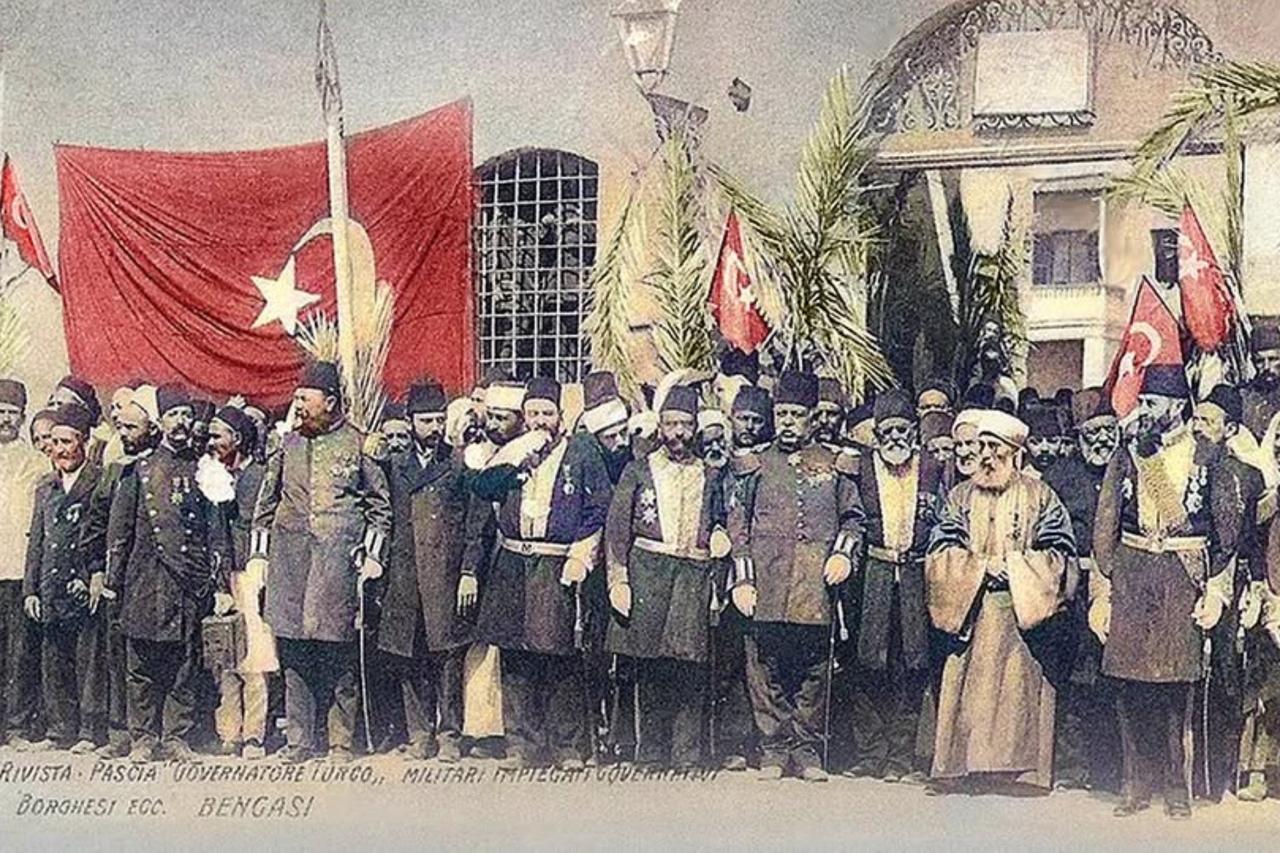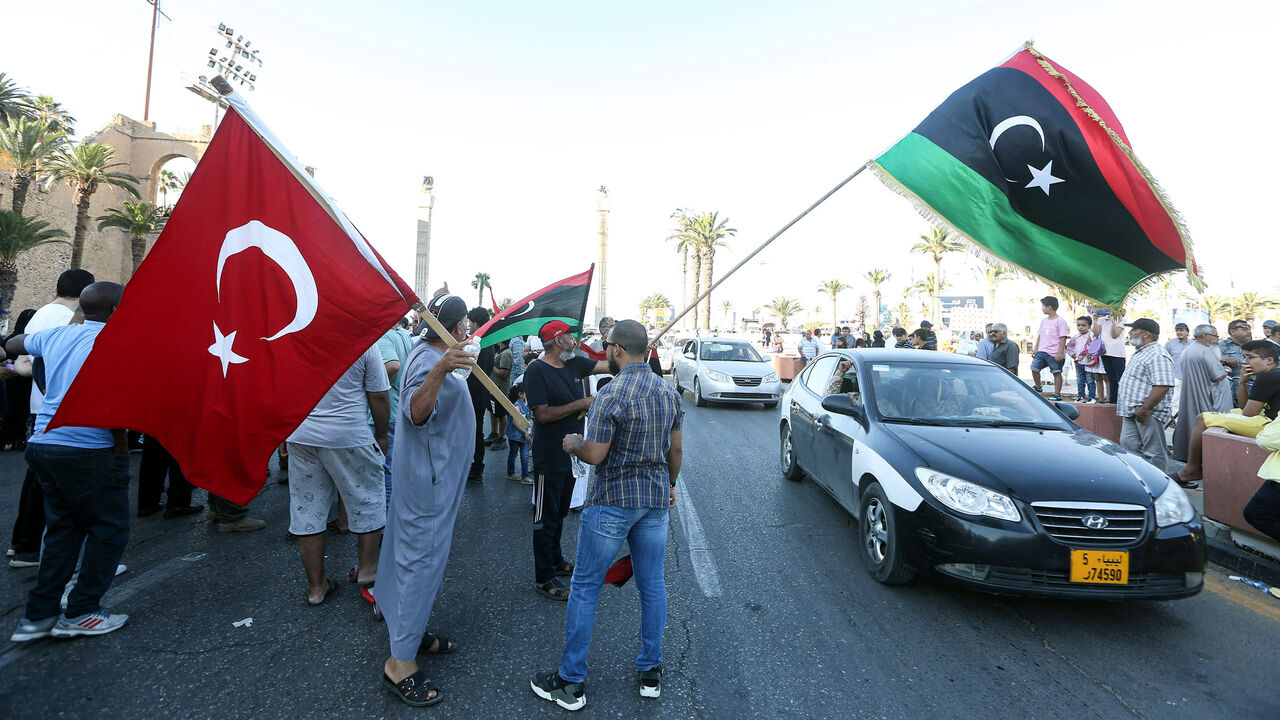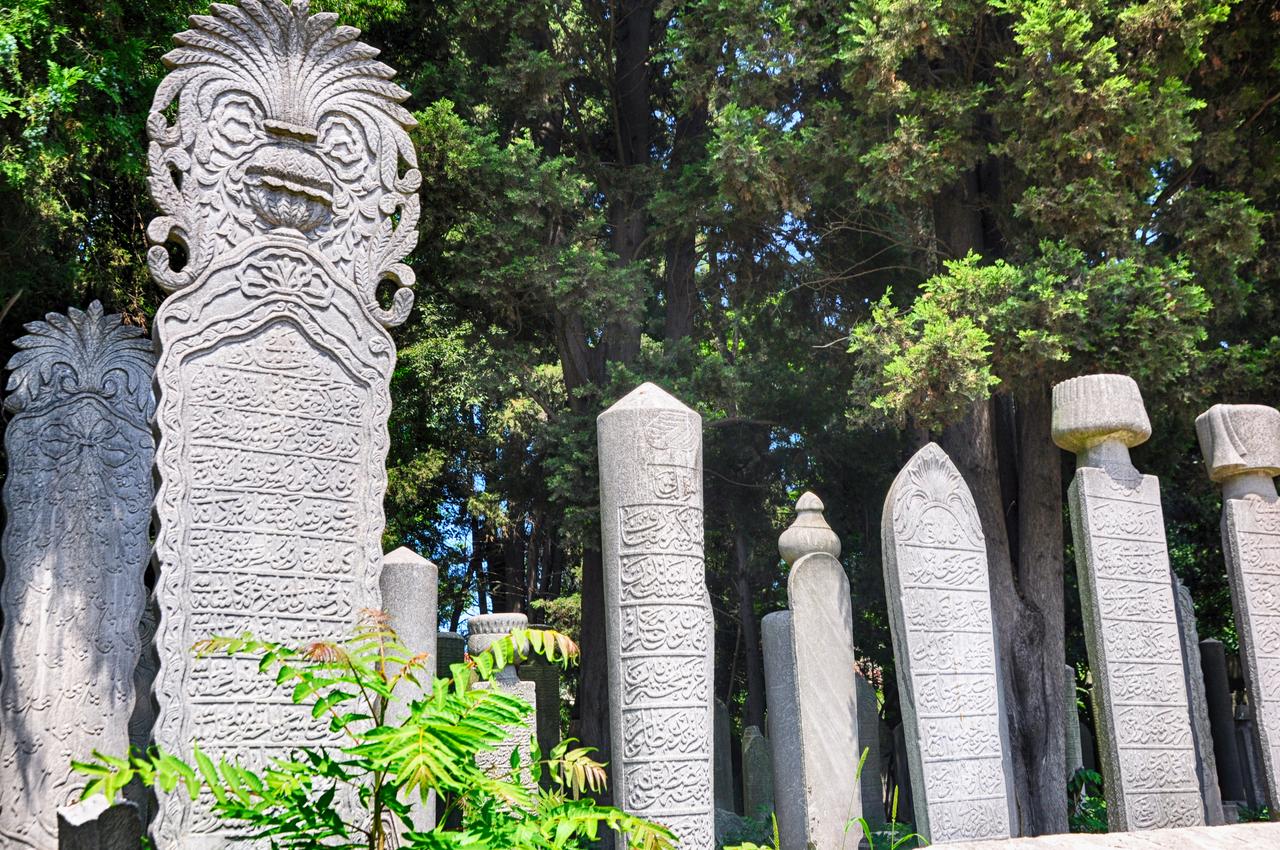
After the Spanish Habsburgs occupied Tripoli, Emperor Charles V fortified the castle in 1510 and handed it over to the Knights of Malta. During this period, although the local population requested aid from the Ottoman sultan, only partial support could be provided due to unfavorable circumstances. The Spanish occupation also harmed Tripoli's importance in African trade, causing caravans to divert to other ports.
In the mid-16th century, during the reign of Sultan Suleiman the Magnificent, the Ottoman administration, aiming to establish dominance in the Western Mediterranean and liberate North Africa from Christianization, sent a fleet to Malta and Tripoli. Unsuccessful in Malta, the Ottoman forces besieged Tripoli, today the capital of Libya, in 1551.
Tripoli was defended by 200 knights and 630 Calabrian and Sicilian mercenaries under the command of Gaspard de Vallier. The Ottomans had conquered most of Libya and encircled Tripoli. The Knights of Malta defending the castle were defeated, and after a six-day bombardment, Tripoli was conquered on Aug. 15.

The regions of Tripoli, Benghazi, and Fezzan, which are today under the umbrella of Libya, were historically separate areas. They were unified under the Tripoli Eyalet (province) during the Ottoman period. The region, including Benghazi, known as the Barqa region, was part of the Mamluk Sultanate. However, the Barqa Arabs held the actual authority. After the conquest of Egypt, the Barqa region came under Ottoman rule. The Ottomans fully established their dominance in the region in 1578. Historically under Egyptian control, the region became a part of Libya during the Ottoman era. In 1863, the Ottomans directly connected Benghazi to Istanbul by making it a mutasarrifate (an administrative unit).
While Tripoli was under the control of Tunis when it was occupied by the Spanish, it was conquered by Turgut Reis in 1551. After the conquest, it became the center of the newly established eyalet. The Fezzan region, in the sparsely populated south of the country, was governed by rulers belonging to the Evlad-i Muhammed Tribe, who had migrated from the direction of Morocco and settled in the region. During the liberation of the region from Crusader occupation, Fezzan became a sanjak (sub-province) subordinate to the Tripoli Eyalet. The dominant dynasty in the region was granted internal autonomy on the condition of regularly paying their taxes. Fezzan became subject to the Karamanli family, who dominated Tripoli in the first quarter of the 18th century.
Relations were good when taxes were paid regularly. However, tax problems frequently arose. Although the Karamanli family conducted military operations in the region many times, they could not fully control Fezzan. The Evlad-i Suleyman Tribe defeated the Evlad-i Muhammed Tribe in the 1830s and gained control of the region. After the end of the Karamanli family's dominance in 1835, the Ottoman administration brought the ensuing chaos under control in 1842, taking over Fezzan. Gat, which was incorporated into Ottoman territory in 1875, was connected to Fezzan as a kaza (district).
The North African provinces of the Ottoman Empire, known as the Regencies of the West (Garb Ocakları), were among the most important centers of Turkish seamanship. They conducted naval raids across a wide area, from America to England. The largest income of the Regencies of the West came from naval raids. European states paid tribute to protect themselves from the attacks of Turkish corsairs. From the second half of the 17th century, the Regencies of the West were governed by administrators known as "dayi," who emerged from within the Janissary corps. Those with strong influence within the Janissary corps would become dayis. With the rule of the dayis, Algeria, Tunis, and Tripoli, although not completely detached from the Ottoman Empire, became autonomous regions of the empire.

The Province of Tripoli was initially governed by beylerbeys sent from the center. However, the Ottoman Empire's ties with its African provinces weakened from the mid-17th century onward. From the second half of the 17th century, the janissaries elected a leader from among themselves, named "Dayi," who became the actual administrator of the Regencies of the West, and the authority of the Ottoman governor diminished. In 1711, Karamanli Ahmed Bey, who became a dayi, completely ended the practice of sending beylerbeys. The office of dayi became hereditary, establishing a dynasty known as the Karamanlis, who ruled the region in the Sultan's name. Although the region gained an autonomous structure, its allegiance to the Ottoman Empire continued. In the late 18th century, power struggles within the Karamanli family led to chaos in Tripoli.
The Sublime Porte, meaning the Ottoman government, tried to establish control in the region by reconciling the members of the Karamanli family. However, the Karamanli family's internal struggle for dominance did not end. The divided tribes also continued the struggle. Finally, in 1835, a small number of Ottoman troops were sent to the region, and Tripoli was declared to be directly connected to the center. However, tribal rebellions continued until 1856.
After the Tanzimat reforms, Libya was divided into provinces, districts (sanjaks), sub-districts (kazas), and sub-districts (nahiyes). With the establishment of a constitutional administration in 1877, two deputies from Tripoli participated in the newly opened parliament. With France's occupation of Algeria in 1830, Tunis in 1881, and Britain's occupation of Egypt in 1882, Libya became the only remaining Ottoman territory in Africa. The Ottoman administration prepared the local population for war and stockpiled weapons in various locations to prevent its loss. Important religious orders in the region were won over to the state's side. However, Italy would take the first step towards actual occupation by bombing Libya's port cities on Sept. 29, 1911.